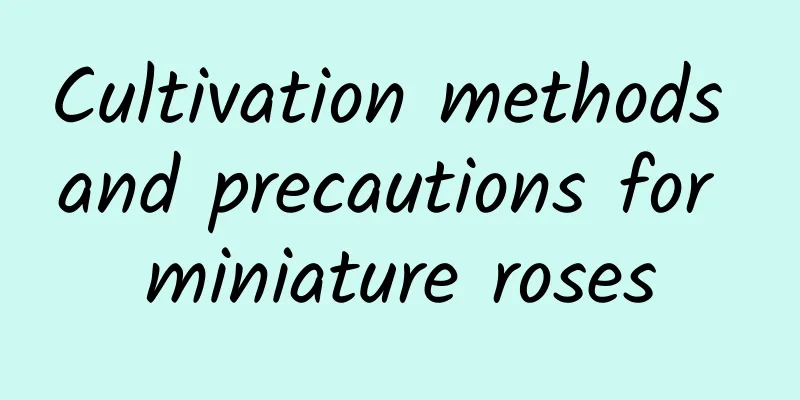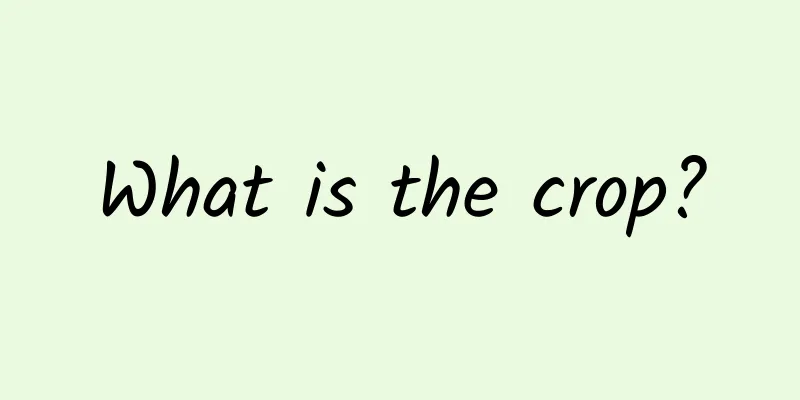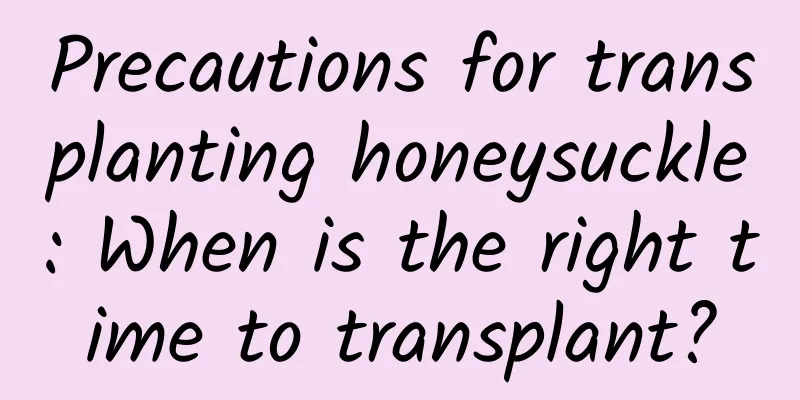What is the role of potassium dihydrogen phosphate in watering flowers (notes for watering and spraying)

Use dihydrogen phosphate to water flowersIn fact, potassium dihydrogen phosphate is a high-efficiency phosphorus and potassium fertilizer, which is mainly used to supplement the phosphorus and potassium elements of flower plants. It has the characteristics of small dosage, fast fertilizer effect, significant fertilizer effect, and can promote the differentiation and formation of flower buds and the healthy growth of plants, and improve the stress resistance of orchids and other flowers. It is generally used as a foliar fertilizer for foliar spraying, and can also be used for root irrigation. However, long-term use of chemical fertilizers alone for watering flowers can easily cause the potting soil to become compacted, so it should be used in combination with organic fertilizers. The main function of potassium dihydrogen phosphateThe first is to promote the differentiation of flower buds of plants and make the flower buds grow stronger and fuller. The phosphorus element promotes the differentiation and formation of flower buds and makes the fruits sweeter, while the potassium fertilizer promotes the growth of flower buds. It is mainly used in the early stage of flower bud differentiation and bud formation. When the flower buds bloom, stop applying potassium dihydrogen phosphate fertilizer. In addition, if you provide orchids and other flowering plants with sufficient phosphorus and potassium fertilizers, the orchids will have more flower buds and bloom earlier, the flower colors will be brighter, and the smell will be more subtle. During the flower bud differentiation period of orchids, use potassium dihydrogen phosphate to prepare a 0.1%~0.2% aqueous solution and spray it once a week, or 2~3 times a month. It can effectively promote the differentiation and formation of flower buds of orchids; the soil should be loosened the day before fertilizing, and watered once in the morning of the second day after fertilizing; apply phosphorus and potassium fertilizer solution to the roots. It is suitable to apply root fertilizer in May and June in late spring and early summer. It is not suitable to apply root fertilizer after the autumnal equinox. Flower lovers need to be reminded that when spraying potassium dihydrogen phosphate foliar fertilizer on orchids and other flowers, avoid doing it at low temperatures. It is best to spray it in the evening on a sunny day. There are more stomata on the back of the leaves than on the front, so you should spray more on the back of the leaves to avoid spraying a large amount of fertilizer into the center of the leaves to prevent fertilizer damage caused by fertilizer retention in the center of the leaves. It should also be noted that the concentration of liquid fertilizer should be controlled within a low range; when applying liquid fertilizer to orchids, it should be stopped before the buds open and show color, and phosphorus and potassium fertilizers should not be applied continuously; avoid fertilizing in the evening on rainy days. Usage details of potassium dihydrogen phosphateWhen using potassium dihydrogen phosphate on flowers, there are some details that you need to pay attention to. ① Pay attention to concentration and spacingIt doesn't matter if the concentration of potassium dihydrogen phosphate is slightly higher or lower, but the concentration cannot be too high (low). If the concentration is too high, for example, we only need a 1000-fold solution, but we mix it at 500 or 600 times, then this will be a burden on the flowers and can easily cause root and seedling burns. If too much water is added during preparation and the concentration is too low, then the purpose of fertilizing the flowers will not be achieved and the growth of the plants will become very slow. You should also pay a little attention to the interval time. For slow-growing Kalanchoe or orchids, the interval time can be controlled within half a month or even more than a month. For fast-growing and flowering herbaceous plants in large quantities, we can use it every three to five days. ② Mix well and let it stand for a while before useAlthough potassium dihydrogen phosphate is soluble in water, when you add it to water, it will not completely dissolve into the water immediately. Instead, it requires a process. Therefore, after adding potassium dihydrogen phosphate and mixing it with water, we need to let it stand for a while before using it. ③Root irrigation and leaf sprayingPotassium dihydrogen phosphate solution can be used for root irrigation, leaf spraying, or both. When watering the roots with potassium dihydrogen phosphate solution, you should wait until the soil in the pot is completely dry before doing so, and the effect will be better. When spraying the leaves with potassium dihydrogen phosphate solution, you also need to pay attention to spraying both the front and the back. If you only spray the front, the effect will be only half. ④ Do not use only potassium dihydrogen phosphate as fertilizer for a long timePotassium dihydrogen phosphate mainly contains phosphorus and potassium elements. It cannot be used as fertilizer alone for a long time, as it will cause the lack of other elements in the soil and cause poor plant growth. The best way to use it is to use potassium dihydrogen phosphate during the bud formation stage of the plant, and then fertilize the plant with a balanced compound fertilizer or a balanced fertilizer containing other elements immediately after the plant has finished flowering. |
>>: When is the best time to water flowers at home (When is the best time to water flowers indoors)
Recommend
Things to note when changing the soil for green radish
1. Stop watering before changing soil Before chan...
How to trim the small goldfish flower
When to prune the goldfish flower The small goldf...
The difference between Erythrina and Erythrina
Difference 1: Flowering period Erythrina: Its flo...
Which fertilizer is better for leafy vegetables?
There are various types of vegetables, so the fer...
Is lavender poisonous? Can lavender be placed in the bedroom?
1. Is it poisonous? Lavender is not poisonous. It...
Fresh cut flower care video: How to care for fresh cut flowers
Cut flower care video Materials for caring for fr...
How to plant yacon, when to plant yacon
1. Planting method 1. Bulbs: After harvesting yac...
Why is the aloe vera turning yellow?
1. Soil compaction Reason: After a period of main...
Taboos of growing green radish at home
1. Climbing all over the room It is a shade plant...
The advantages and disadvantages of the red fan rose
The origin of the rose is Japan. It is currently ...
How to cultivate cilantro
1. Maintenance methods 1. Temperature: Coriander ...
Can the water used to blanch meat be used to water flowers directly? How long does it take to ferment before watering flowers?
Can the water used to blanch meat be used to wate...
When does the red spider lily bloom?
1. Specific flowering period For this plant, it m...
Cherry Blossom Shaping and Pruning
Principles of cherry blossom pruning Cherry bloss...
How to make and use banyan flower fertilizer
Banyan tree suitable for flower fertilizer If you...









